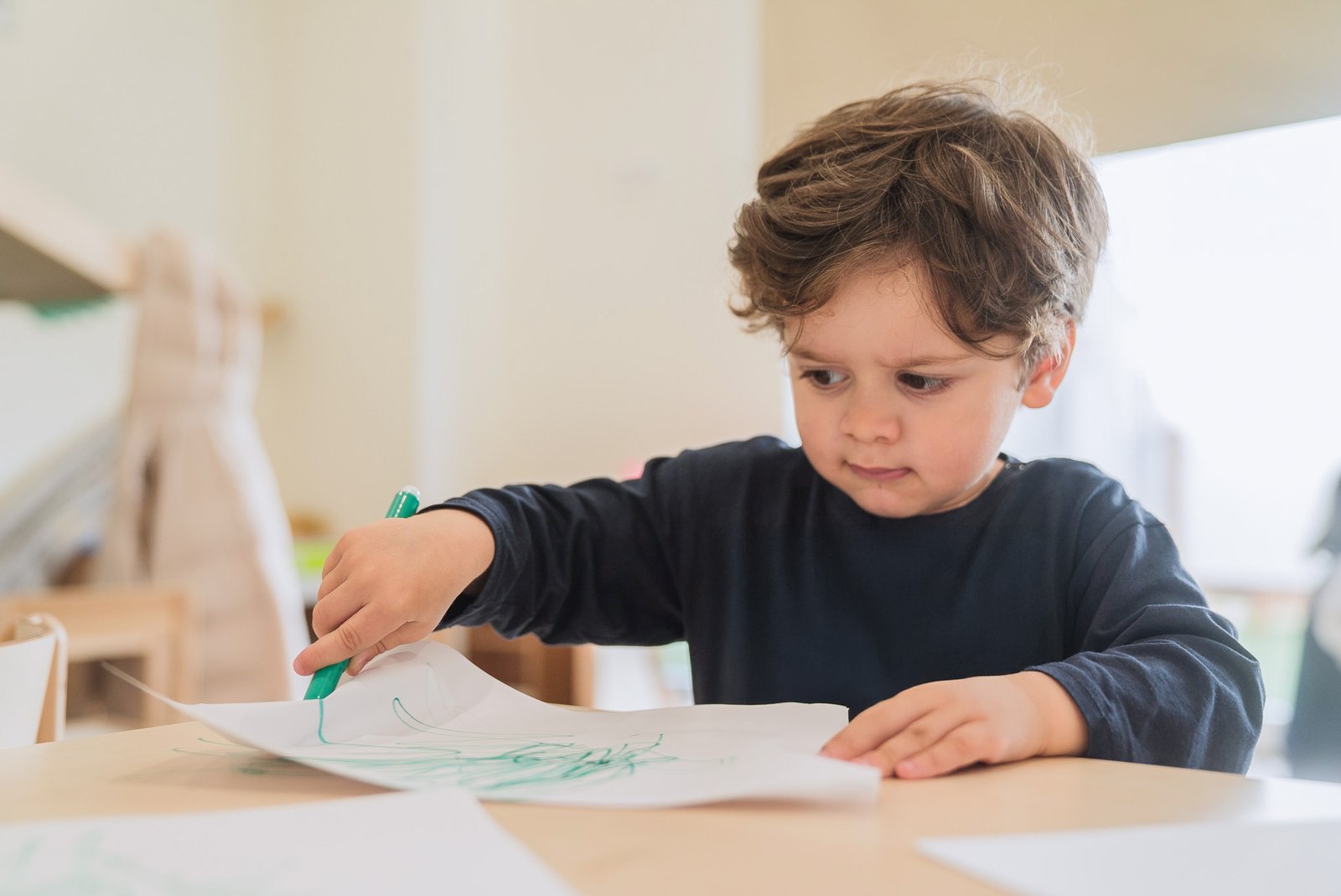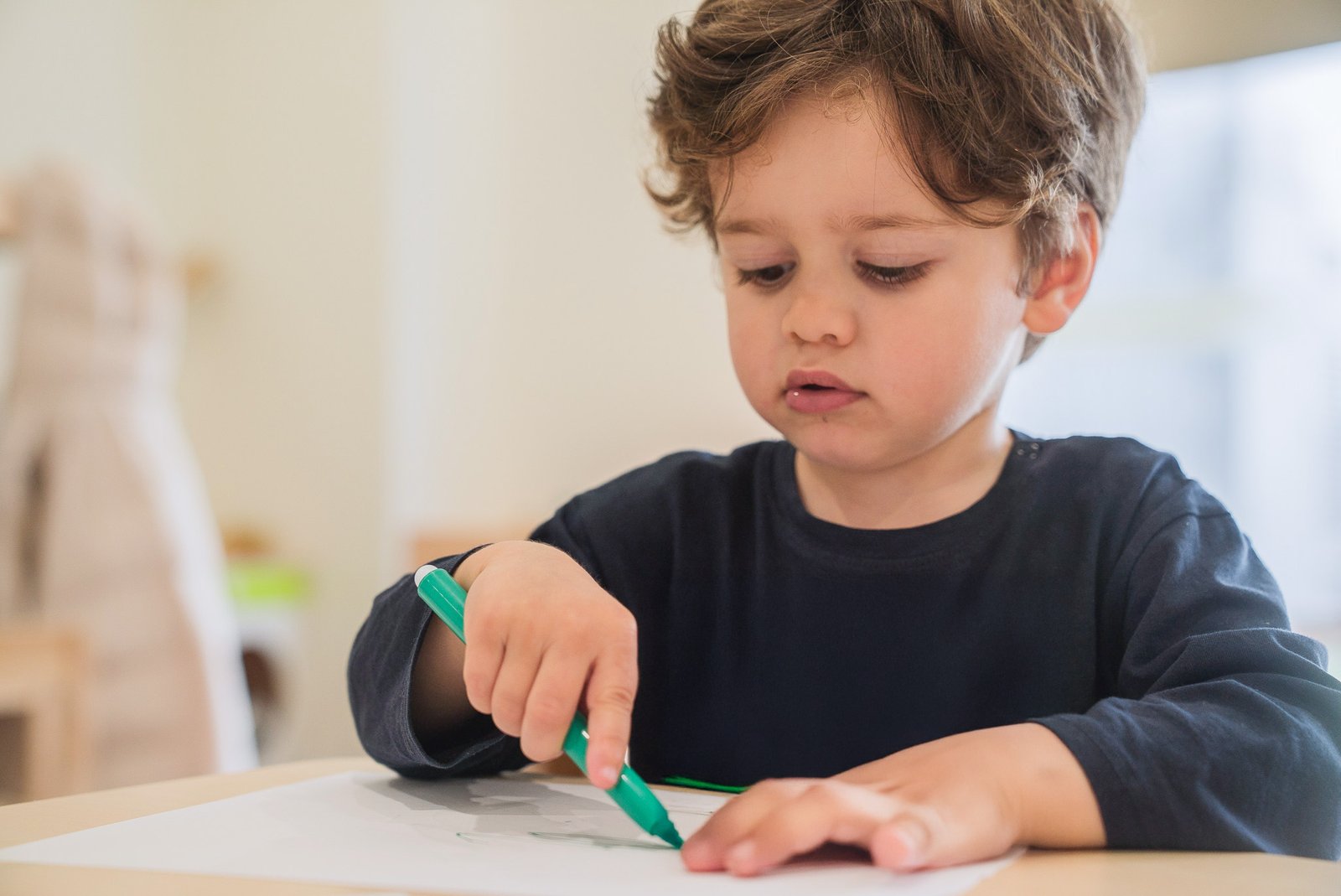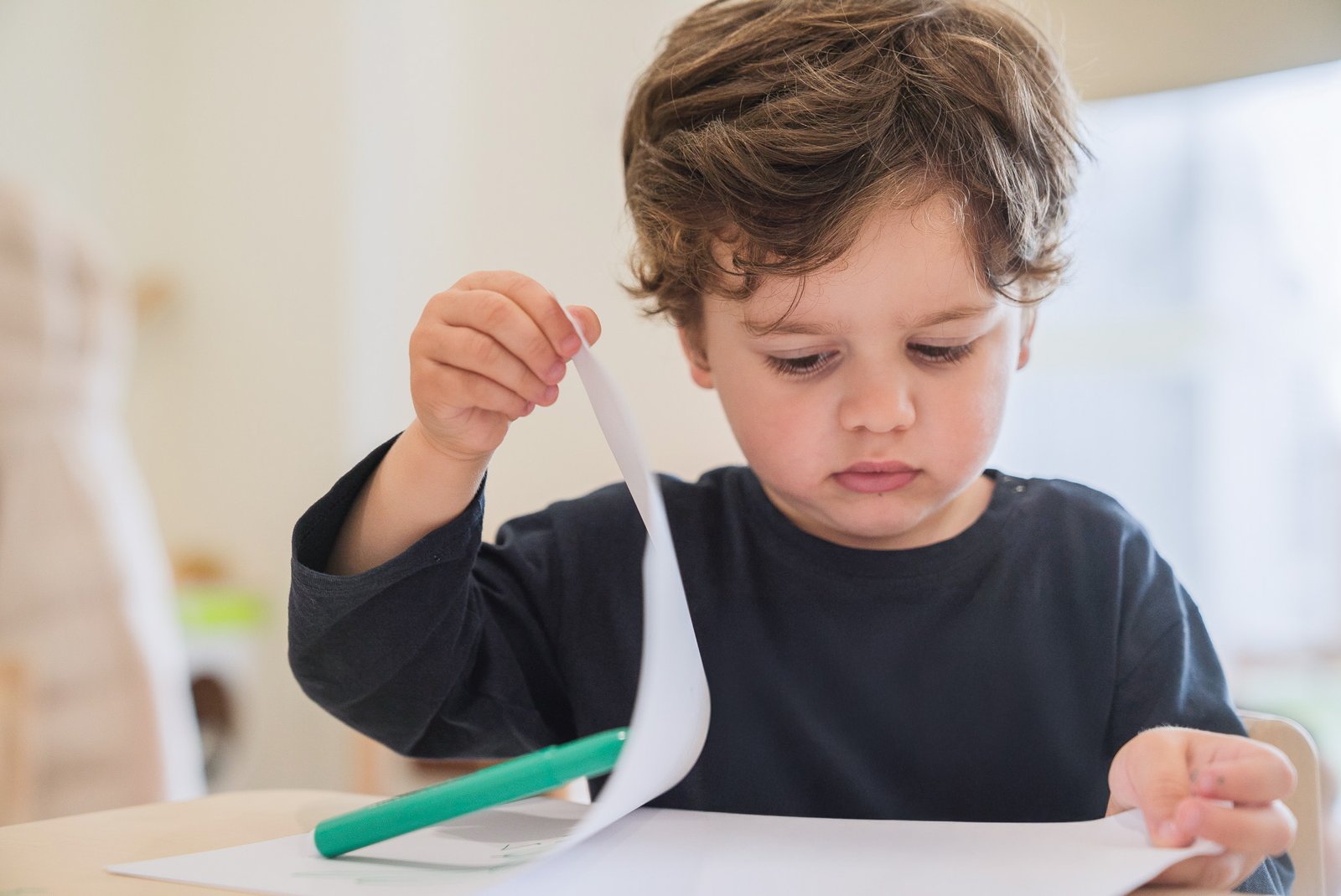
Educating in Two Languages: How Bilingualism Stimulates Children’s Brains
Interest in bilingualism during early childhood has grown significantly in recent years, driven by an increasingly global and interconnected world. Beyond the obvious linguistic and cultural advantages, learning two languages from a young age provides proven benefits for brain development.
How exactly does bilingualism influence the brain’s functioning in children? What impact does it have on learning and the lifelong skills they develop?
The Bilingual Brain: Constantly Exercised, Highly Adaptive
Neuroscientific research has shown that early bilingualism leads to structural and functional changes in the brain.
Learning and using two languages activates areas responsible for attention, memory, decision-making and problem-solving.
This constant mental activity acts like daily exercise for the brain, making it more efficient, flexible, and better equipped to adapt to a variety of contexts.

What Does the Research Say?
- Nature Scientific Reports (2023)
Early bilingualism enhances brain connectivity, improving the efficiency of communication between different brain regions. This translates into a greater ability to manage complex cognitive tasks.
- Journal of Neurolinguistics (2023)
Bilingual children consistently demonstrate higher levels of cognitive flexibility — the ability to switch between tasks, adjust to new situations, and think more creatively.
- Frontiers in Human Neuroscience (2022)
Research also shows that bilingual children have heightened metalinguistic awareness — a deeper understanding of how language works, which not only facilitates the learning of additional languages but also supports literacy development more broadly.

More Than a Linguistic Advantage
The benefits of bilingualism extend far beyond the ability to communicate in two languages. It is a powerful investment in a child’s cognitive and emotional development. Early exposure to two languages is linked to:
• Greater concentration
• Improved working memory
• Enhanced problem-solving skills
• Easier acquisition of new languages
• Overall stronger academic performance
Additionally, engaging with different linguistic systems fosters cultural empathy and openness — key traits for life in a multicultural world.
Conclusion: Speaking Two Languages, Thinking Twice as Deeply
Educating in two languages is increasingly recognised as a powerful tool for holistic development. Bilingualism strengthens communication, sharpens higher order thinking skills, nurtures creativity, and prepares children for the demands of a rapidly evolving world.
Speaking two languages isn’t just a skill — it’s a way of thinking more richly, more flexibly, and more globally.